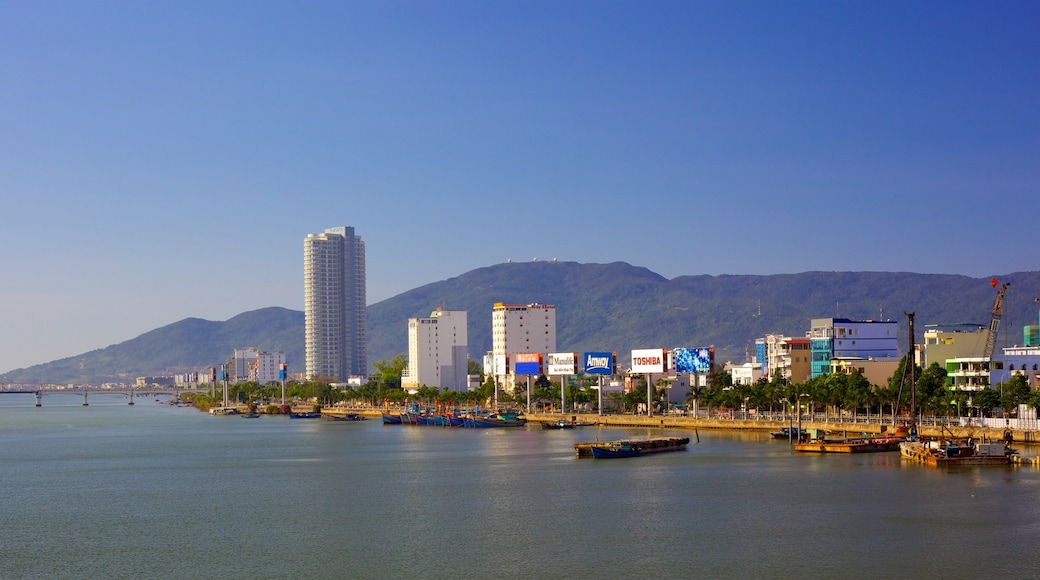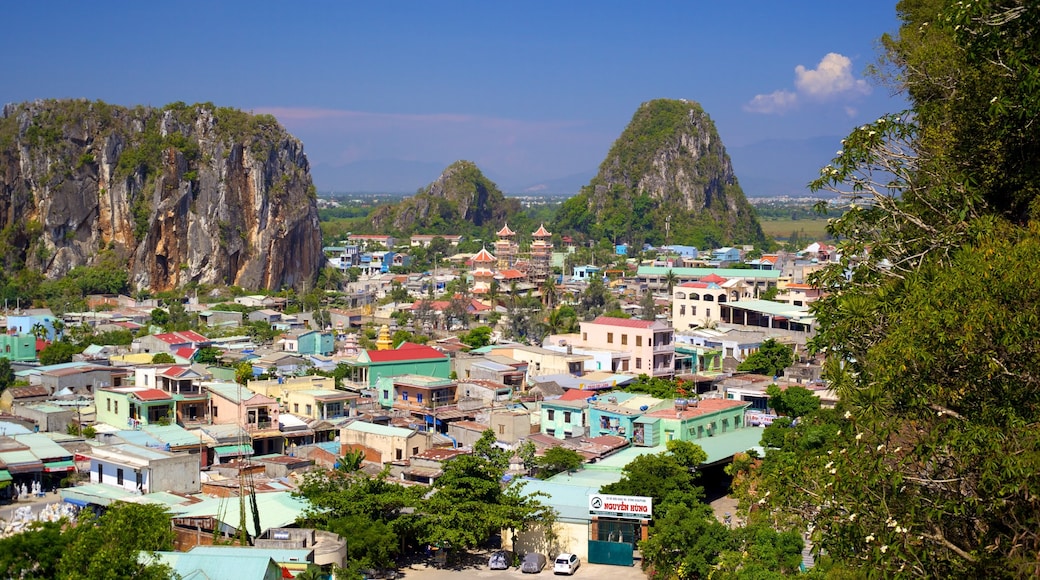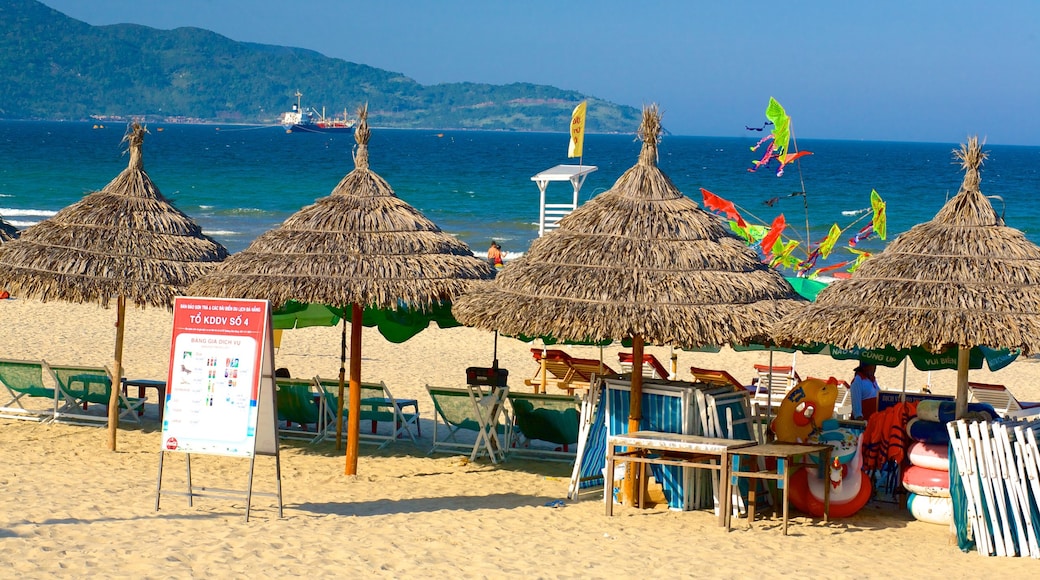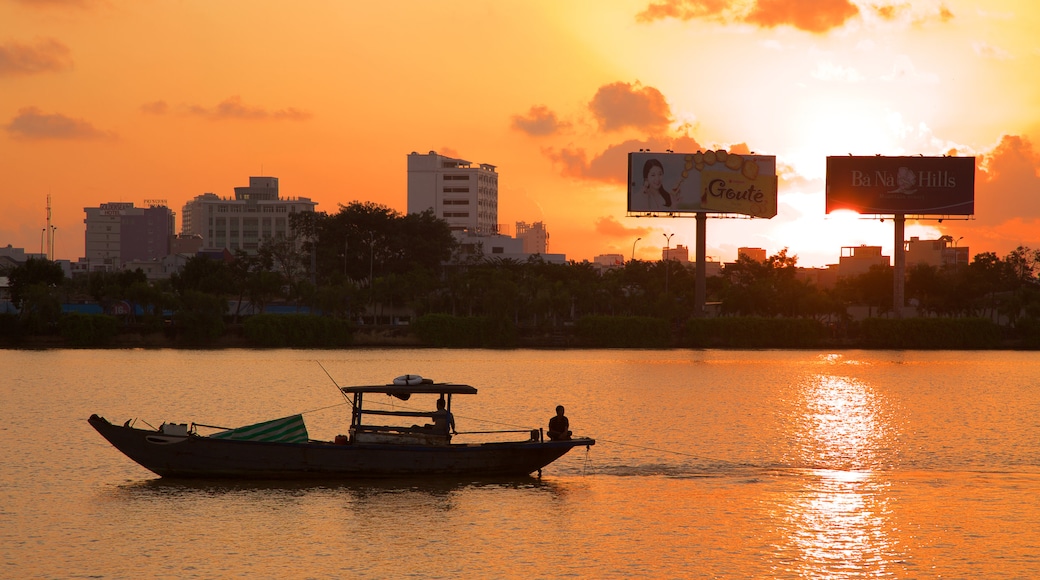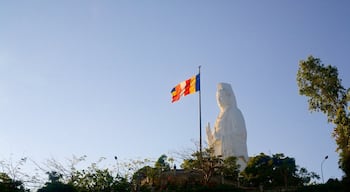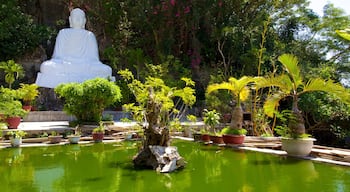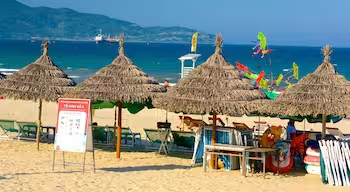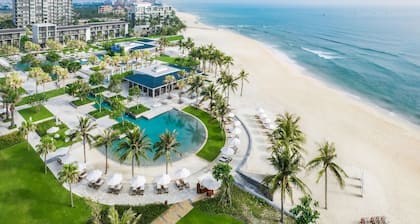Located halfway between ambient Hanoi and frantic Ho Chi Minh, Da Nang is creating its own reputation as an excellent base from which to explore fascinating relics and enjoy picturesque beaches.
Da Nang has a long history and reminders of the past are everywhere here. Look out for the French influence in the city’s architecture and spot the ruins of military bases from the Vietnam War.
Learn about Da Nang’s more ancient past at the Museum of Cham Sculpture. Here you can see hundreds of images and artefacts from centuries gone by. Visit the city’s many iconic pagodas, especially the glittering Phap Lam Pagoda in town. Don’t miss the giant pink Da Nang Cathedral, known to the locals as the “Con Ga” (rooster) church because of its weathervane.
Da Nang was once home to only two bridges, one built by the French and one built by the Americans. The pride of the city today is the Han River Bridge, the first bridge to be designed and built by the Vietnamese.
With 30 kilometres (19 miles) of coastline, there are plenty of opportunities for swimming, fishing, water skiing and sunbathing. My Khe Beach, known as China Beach when it was a favourite place for American soldiers to relax during the Vietnam War, is now a stretch of upmarket paradise. For a slower pace, seek out Lang Co Beach, a palm tree-lined beach between a turquoiselagoon and the sea.
Make sure you get to the Marble Mountains, to the south of Da Nang. These five hills, made of limestone and marble, were named after the five elements: fire, water, earth, metal and wood. Tunnels, caves and temples await the brave explorer here, as do many remnants from the war. The view from the top is particularly captivating.
Da Nang has a tropical climate, with a rainy season between September and December. The sea is calmest between May and August. The city is easily accessible by train, bus or plane.
